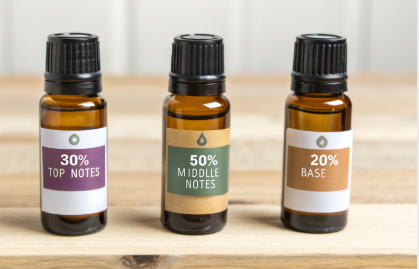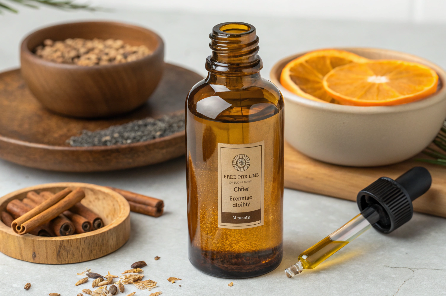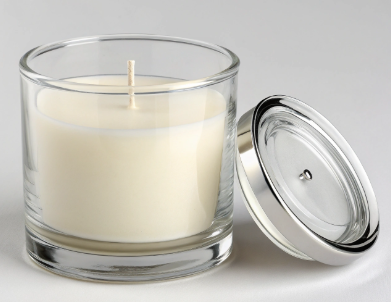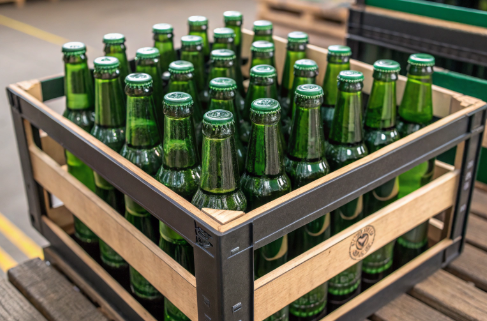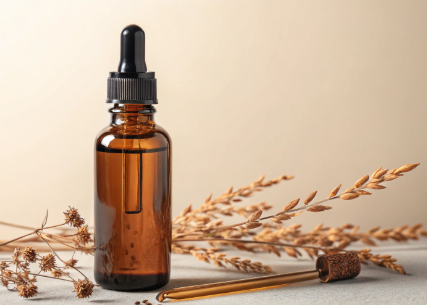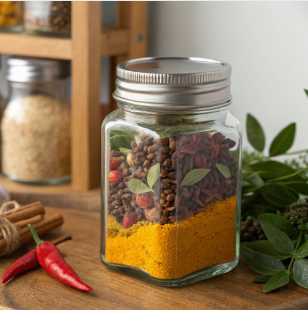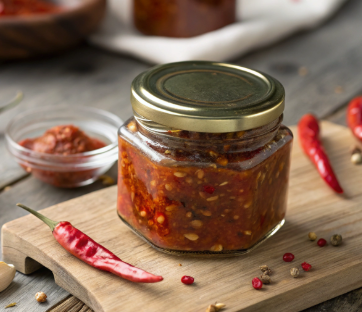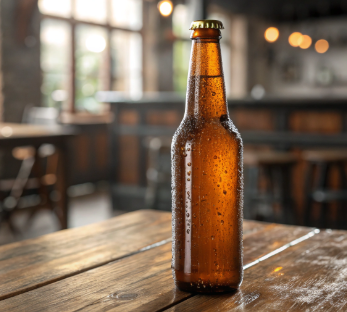Oil is one of those pantry (or vanity) staples that seems like it should last forever—but it doesn’t. Whether it’s almond oil in your skincare routine or olive oil in your kitchen, shelf life matters.
Oils can stay fresh in the bottle for 1 to 3 years if stored properly. Shelf life depends on the oil type, packaging, exposure to light and heat, and whether the bottle has been opened.
Let’s look at how long oils last, signs of spoilage, and whether that forgotten bottle in your cabinet is still safe to use. Proper storage and packaging aren’t just details—they’re essential for maintaining oil integrity and safety.
How long can oil sit in a container?
It depends on the oil and the storage.
Most oils can sit in a sealed container for 1 to 2 years if stored in a cool, dark place. Opened oils typically last 6 to 12 months before starting to degrade.
Factors That Affect Longevity:
| Factor | Impact on Oil |
|---|---|
| Light | Speeds oxidation and rancidity |
| Heat | Breaks down fatty acids, accelerates spoilage |
| Air Exposure | Introduces oxygen, promoting degradation |
| Bottle Material | Glass (especially amber) preserves longer |
Natural oils are sensitive to environmental conditions. Even sealed bottles are vulnerable if stored near stoves or windows. Once opened, exposure to air begins the slow oxidation process that eventually turns oils stale.
That’s why PauPack recommends amber or cobalt glass bottles with tight-sealing caps for essential oils, cosmetic oils, and food oils alike. These materials minimize light exposure and reduce oxidation—helping oils last longer and perform better.
Can cooking oil go bad from sitting in a bottle?
Yes—and it happens more often than you think.
Cooking oils can go bad even when sealed, especially if exposed to heat or light. Over time, they oxidize and develop off-smells, cloudy appearance, and bitter flavor.
Shelf Life of Common Cooking Oils:
| Oil Type | Unopened Shelf Life | Opened Shelf Life |
|---|---|---|
| Olive Oil | 18–24 months | 6–12 months |
| Canola Oil | 12–18 months | 6–12 months |
| Avocado Oil | 12 months | 6–9 months |
| Coconut Oil | 18–24 months | 12 months |
Cooking oils should always be stored in a cool, dark cabinet, ideally away from the stove. Heat from nearby burners can dramatically shorten oil shelf life—even if the bottle stays sealed.
For food brands, PauPack offers food-grade amber glass and UV-protective PET bottles that help extend shelf life and preserve flavor. Our packaging is designed to resist leakage, prevent light exposure, and maintain product freshness across transport and storage environments.
How long does oil last in a bottle?
The clock starts ticking at production—not just when it’s opened.
Oils last in a bottle for 1 to 3 years, depending on the type of oil, its purity, and the storage environment. Highly unsaturated oils tend to spoil faster.
Key Shelf Life Guidelines:
| Oil Type | Expected Shelf Life |
|---|---|
| Cold-pressed, unrefined oils | 6–12 months (shorter life) |
| Refined vegetable oils | 1–2 years (longer life) |
| Essential oils (in proper storage) | 1–8 years, varies by type |
Signs an oil has degraded:
-
Smell: Sour, fishy, or metallic scent
-
Color: Yellowing, cloudiness, or darkening
-
Texture: Sticky or thick, especially around the cap
-
Performance: Reduced skin absorption, strange taste, or diffuser clogging
At PauPack, we help brands extend shelf life with UV-blocking bottles, air-tight seals, and custom reducer inserts that limit oxygen exposure. Our solutions support better inventory rotation and protect product quality throughout the supply chain.
Can I use 10-year-old oil?
Probably not—unless it’s one of a few highly stable oils.
Most oils should not be used after 10 years. By that time, they are likely rancid, ineffective, and potentially irritating (especially for skin). Essential oils like frankincense or sandalwood may still be usable if well stored.
Signs Oil Has Gone Bad:
| Sign | What It Means |
|---|---|
| Sour or stale smell | Oxidation or bacterial spoilage |
| Thick or sticky | Chemical breakdown or exposure to heat |
| Discoloration | UV or oxygen damage |
| Off-taste (edible) | Spoiled oil, potentially harmful if ingested |
The exception? A few resinous or woody essential oils like frankincense, patchouli, or sandalwood can improve over time—if stored correctly. However, these are the exception, not the rule.
For most carrier or cooking oils, 10 years is well past the safe window. Even unopened, the oil’s chemical profile will have shifted, leading to performance issues or irritation.
If you’re unsure, toss it. Oils are too important to your formula or food to take risks.
Why packaging matters for oil shelf life
It’s not just what’s inside—it’s how you store it.
At PauPack, we design packaging solutions that preserve oil quality from filling line to final use. Our amber and cobalt glass bottles, pressure-resistant seals, and low-oxygen headspace designs minimize the factors that cause spoilage.
Whether you’re a beauty brand selling argan oil, a supplement producer packaging omega-3s, or a chef bottling cold-pressed dressings, packaging plays a direct role in your product’s success.
We also offer:
-
Custom branding for oil bottles
-
Labeling solutions with batch tracking
-
Dropper and pump closures optimized for different viscosities
We don’t just sell bottles—we help you extend shelf life and protect customer satisfaction.
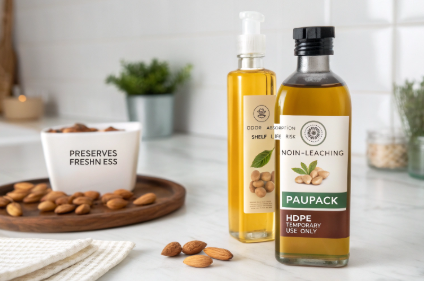
Conclusion
Oils don’t last forever. Most stay fresh 1–3 years in a sealed bottle if stored properly. Whether for cooking, skincare, or aromatherapy, choose good packaging, label your dates, and trust your nose to decide when it’s time to replace. At PauPack, we combine premium materials with smart packaging design to make sure your oils stay as fresh as the day they were bottled.




